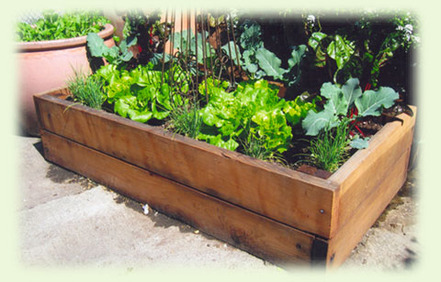
tel: 512-280-1192 Friday, Aug 23 2013
Nursery notes: final weekend... crape myrtles on sale, 40% off!
All bagged soils, $1 off. /10% off all raised bed garden frames -
4' x 4' $54 (reg. $60). / New shipments in this week: grasses -
pink muhly, bamboo muhly, maiden grass; agaves - gray, Americana,
and variegated; perennials - blue plumbago, esperanza, and some
beautiful prides of Barbados.
______________________________________________________
Central Texas Gardener KLRU TV. An in-studio visit with Eric
Pedley, from East Austin Succulents. On tour, visit Cactus & Succ-
ulent Society's Bob Barth with his drought-tough gardens and green-
houses. Sat. noon, 4 p.m. or Sun. at 9 a.m. www.klru /
______________________________________________________
23 Small Yard Design Solutions: with September just around the
corner, this seems like the right time for gardeners to ponder big-
picture dreams for the upcoming gardening year. For inspiration,
some design ideas from the pages of Sunset Magazine:

Problems with Raised Beds
by Amanda Moon
Many of us living in Central Texas have accepted the fact that a garden
of beautifully tilled rows and furrows is an unattainable dream. If we
have soil at all it is usually quite shallow (mine is 4” then caliche) or
full of basketball sized rocks. This is not mid-western gardening folks!
Our solution is to create raised beds in which to grow our veggies.
We put good money and hard labor into building these, but often
can’t quite achieve the results that we’re hoping for. The soil dries
out too quickly, or becomes hard and unmanageable; plants grow to
only a fraction of the size that they should.
Raised beds are a necessity here in Central Texas, but they can be a
real pain when not planned and executed properly.
One of the biggest problems is that they dry out too quickly. This is
due to several reasons including lack of mulch, breaks in the raised
bed structure, improper soil, and an uneven surface.
______________________________________________________
When you create a new raised bed, make sure that you have good
drainage at the bottom, and make sure the sides of the bed are as
close to being water-tight as possible, or water will seep out of the
sides and be wasted.
Also you need to be sure that the raised bed is as level as possible;
even a slight slope can pool water on just one end and lead to
stunted, dry plants at the top.
The soil that you use should be on the lighter side. Too much top soil
or heavy sand can cause the bed to dry out too fast and become compact,
making it tough for the plants to grow and seeds to sprout. Also make
your new bed at least one foot high; 18” is better.
After you have planted your raised bed, mulch and proper watering are
critical for healthy plant growth. Vegetables need constant moisture
(not soggy wet, but evenly moist) to grow and produce.
______________________________________________________
After transplants have been dug in and the seeds have sprouted, run
soaker hoses throughout the bed, pinning them down with landscape
pins. Cover with a layer of mulch. Newspaper, weed and herbicide/
chemical-free hay and pinestraw are great mulch options as they
will compost down over the season, adding to the garden soil, but
keeping moisture in at the same time.
Raised beds need to be watered at least several times per week in the
spring and at least every other day in the summer. This is more than
regular gardens. A timer is a good tool to have to make sure that you
get enough water on the garden without watering the neighbors’ too.
Harvesting and weed control are also concerns with raised beds, and
should be thought through before you begin construction.
______________________________________________________
When building your raised bed, make it no wider that twice your reach
(about 5’ give or take). This way you can reach the center of the bed
to harvest without having to climb into it. The length can be whatever
the space allows.
To control weeds, first try to kill as many as possible before building
the bed. This is especially true for bermuda grass and nutsedge. (Keep
in mind that nutsedge killer poisons the soil so do not use near gardens.)
Next, place a thick layer of cardboard on the ground where the raised
bed is to be built, coming out with the cardboard about 6” from the out-
side of the frame.
Make sure your source of soil is weed free; don’t use soil from the
yard as it could contain weed seed that will be nearly impossible to
get rid of. Mulching with newspaper not only keeps moisture in, but
helps keep weeds out. Veggies are very sensitive to herbicides, so
keeping the weeds out to begin with is the best course in the long run.
______________________________________________________
Finally, remember that you are essentially container gardening and
so fertilizing and composting are so much more important than if
you’d planted directly into the ground. Your raised bed will become
depleted of nutrients after a time and the addition of organic fertilizers,
compost and compost tea will go a long way to keeping the raised
bed producing for years to come.
Happy gardening everyone!
 Visit the website: www.itsaboutthyme.com
Visit the website: www.itsaboutthyme.com Visit the nursery:11726 Manchaca Road, Austin, 78748